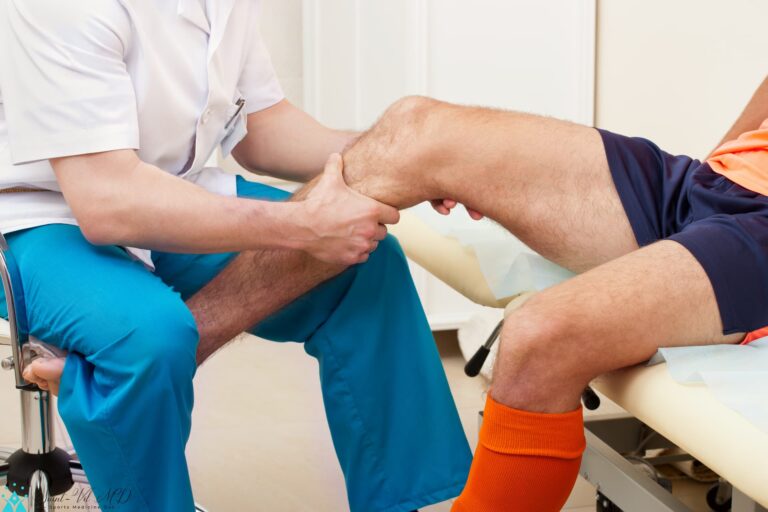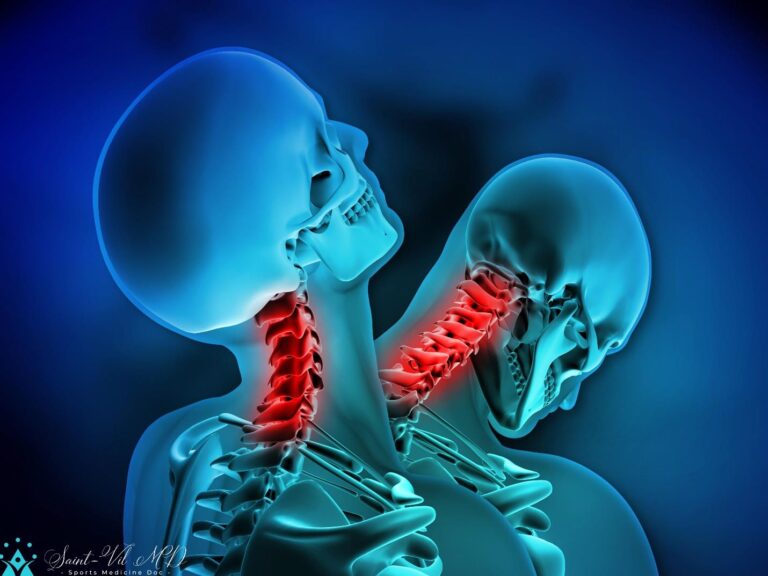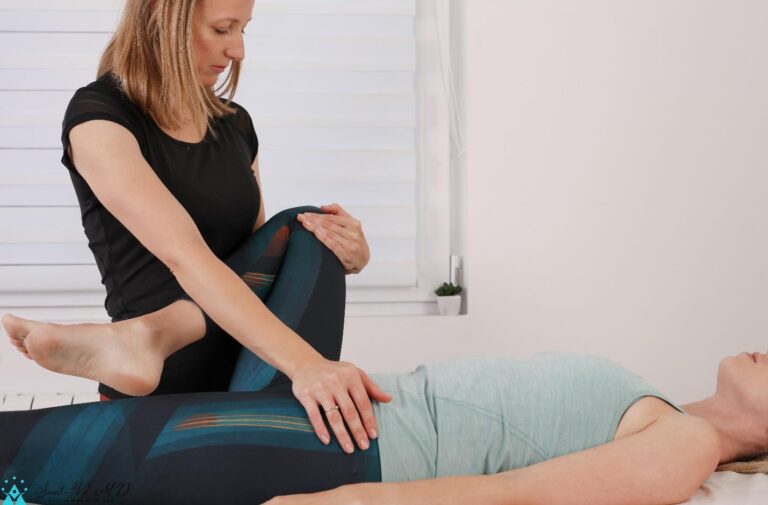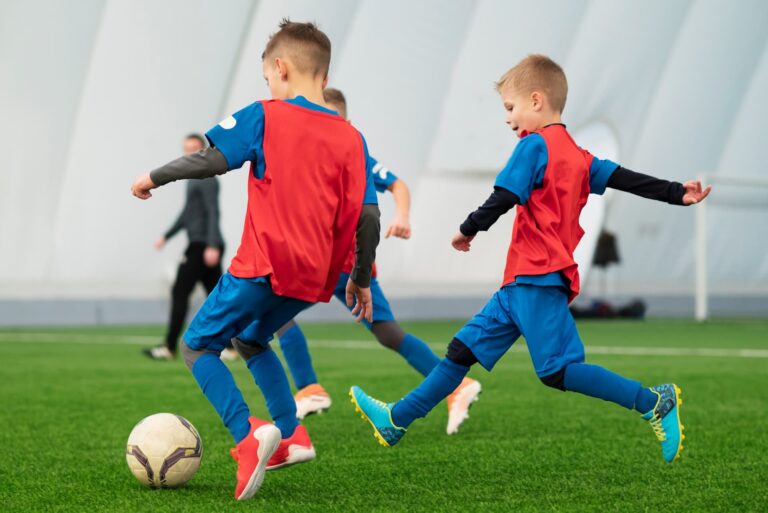
Patellofemoral Pain Syndrome
Overview
The human knee could be regarded as one of the most important joints in the body. It bears body weight and makes walking, jumping, and running possible. In fact, humans are the fastest biped (two-legged) mammals. No other animal can carry out such a complex movement on two legs. However, this complexity comes at a price, making knee joints prone to numerous disorders. It is also the joint that is most likely to be affected by various conditions.
Patellofemoral pain syndrome (PFPS) is a broad term describing different conditions affecting the knee’s front part: knee cap or patella, tendons, and surrounding soft tissues. It is more likely to affect physically active individuals like those participating in various sports. It is also called
jumper’s or runner’s knee. It makes the knee painful and stiff and makes performing everyday activities quite tricky. Though the condition may occur due to many reasons, it is more likely to occur because of knee overuse. Hence, it is more commonly found in those training extensively.
Anatomy

The knee is quite a complex joint. Thigh bone and shin bones mainly form the knee joint. However, in the front of this joint is the patella, which makes the movement of the lower legs possible with the help of powerful thigh muscles. PFPS may occur due to inflammation of various tendons and ligaments connecting the knee joint.
Signs and Symptoms
The primary sign of the condition is a dull pain in the knee. This is unlike many other knee- related disorders. The pain begins gradually and worsens over time. The pain may affect even both knees. Pain generally worsens on exercise or repeated activities. It is mainly made worse when running, climbing, or jumping. Pain also worsens on switching to a different kind of activity. There is some knee stiffness along with popping and cracking sound, especially after prolonged sitting.
Causes
There could be many causes for PFPS, but the most common cause is overtraining, especially when there is a repeated motion of the knee joint. Thus, it may affect runners, joggers, climbers, and more. The amount of joint damage or inflammation is often related to training intensity. Other causes of the condition could be wrong training techniques or even wearing the wrong kind of footwear.
Risk factors
Repeated motion of the knee joint along with specific intrinsic weaknesses are the risk factors. Thus, generally, older athletes are more likely to develop the condition. Another risk factor could be patellar misalignment.
Diagnosis
Physical examination
The diagnosis of the condition may be a bit complicated as knee pain may occur in many disease conditions. In addition, it could be due to different kinds of traumas. Thus, doctors would need to carefully note things like how the pain started and if it is dull or sharp. In addition, doctors may need to check the alignment of the knee cap. Palpation may show local tenderness, though it would not be severe. Additionally, there would be some tightness of the surrounding muscles with a reduced range of motion.
Imaging
Since the condition mainly affects the soft tissues, an x-ray would not be very informative. Nevertheless, an x-ray may help exclude more severe disease conditions. MRI would be generally more informative in the condition.
Treatment
Home remedies
RICE is the treatment of choice at home. It means frequent icing along with rest, compression, and elevation of the affected feet. Additionally, one should stop doing activities that make the pain worse. Some may also benefit from changing the training routine. Finally, weight loss may be helpful in many cases.
Non-surgical treatment
Among non-surgical treatments, non-steroidal anti-inflammatory drugs remain the treatment of choice. Doctors may also consider physical therapy to improve the range of motion. Stretching exercises of the knee may be especially beneficial. Using shoe inserts can also help stabilize the ankle and reduce stress on the lower leg, thus helping in the condition.
Surgical treatment
Few individuals with more severe issues like broken patella or cartilage issues may require surgical correction, especially if prolonged conservative treatment fails to help. Generally, doctors may carry out debridement or remove damaged cartilage pieces from the joint.
Additionally, some may benefit from the lateral release to reduce joint stiffness.
Prevention
The condition is preventable in many cases. Thus, sports physicians, athletic trainers, or coaches should make changes in the training routine. Reducing activity levels for some time may also help. Conditioning of legs, especially knees, before training may also reduce the risk of the condition. In addition, stretching of quadriceps and hamstrings before training helps prevent the condition.
Other measures could be wearing appropriate shoes for that particular kind of activity. One should also consider increasing training intensity gradually. Further, maintaining a healthy body weight may also help prevent the condition.













